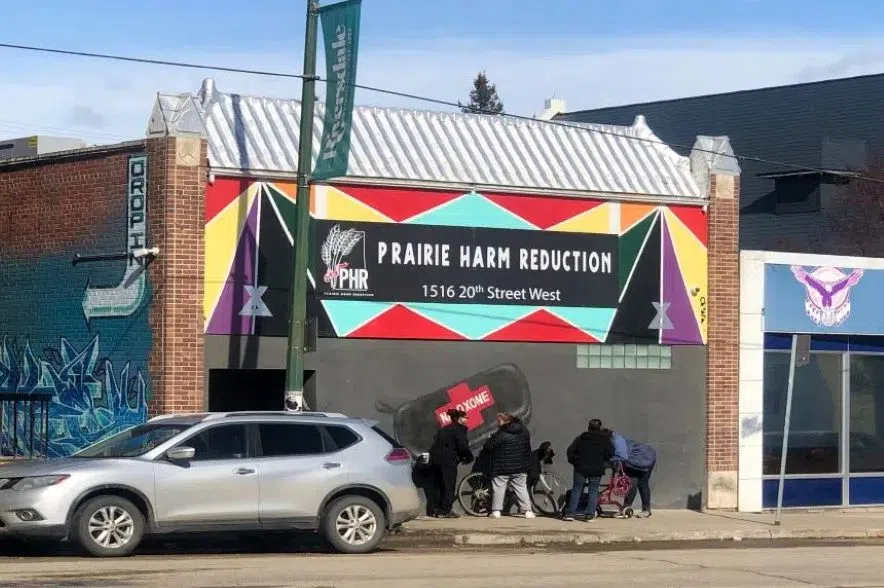Prairie Harm Reduction executive director Kayla DeMong was not surprised at what was included — or what wasn’t — in the Saskatchewan budget this year.
Tabled Wednesday, the budget revealed a record $574-million investment in mental health and addictions, but did not include any funding for the safe consumption site in Saskatoon.
“The province has made it very clear that abstinence is the only thing they are interested in funding, and we see that within the budget announcements” DeMong said.
Tim McLeod, the minister for mental health and addictions, said the province will not fund safe consumption spaces.
“Our focus is on the recovery and the treatment of individuals that are battling addiction,” he said, adding the province has taken other measures to help those people.
McLeod mentioned the province’s naloxone program, which provides free training and kits, has saved 10,000 lives so far through 400 sites across the province.
He added the province is continuing to fund overdose outreach teams and is introducing community wellness vans to provide recovery services such as counselling, education and primary care.
The budget also includes investing in the mental health and addictions action plan, which will provide $6.2 million for 150 more addictions treatment spaces to add to the 183 that have previously been announced. The target is 500.
DeMong said she’s not opposed to those treatment spaces.
“The issue that we have is that when you’re only funding treatment beds in abstinence-based care you’re missing a whole population of people that are currently dying,” she said.
Although the safe consumption site was not included in the numbers, DeMong said three other contracts were renewed with the province for family and youth programs, and the organization’s case management team.
Still, DeMong stressed the need for the safe consumption site, adding that more than 200 new individuals have been using the facility in the past six months.
“All winter organizations have been reporting huge jumps in numbers and so many new people that we’ve never seen before,” she said, adding the facility is at maximum capacity and under pressure due to lack of funding.
“Our organizations are drowning,” she said.
Currently the facility sees more than 300 individuals with more than 1,000 visits per month.
Since opening in 2020, Prairie Harm Reduction has relied on donations from community members to keep its doors open and employ staff members like paramedics.
Earlier this year, DeMong said Prairie Harm Reduction was faced with another annual cost of $24,000 after the province announced it will no longer provide pipes or instructions for illicit drug use, and further banned all third-party organizations from doing so with provincial funds.
To operate the safe consumption site, DeMong said Prairie Harm Reduction needs $200,000 a year and would be pleased to see that number reflected in the budget.
“If you step back from the moral opinions of the safe consumption site and the support that we offer, the financial strain that is currently put on our province to fund and support this community are well in the millions,” she said.
DeMong said that for over a decade, Saskatchewan has had the highest HIV transmission numbers in the country, and just one transmission could cost the province over $1 million.
DeMong said she will continue to push for funding of the safe consumption site, adding that Prairie Harm Reduction has assisted the province in creating current programs in place to help high-risk individuals.
“I think we’ve shown time and time again that we are willing to sit at that table and come to a solution,” she said.











